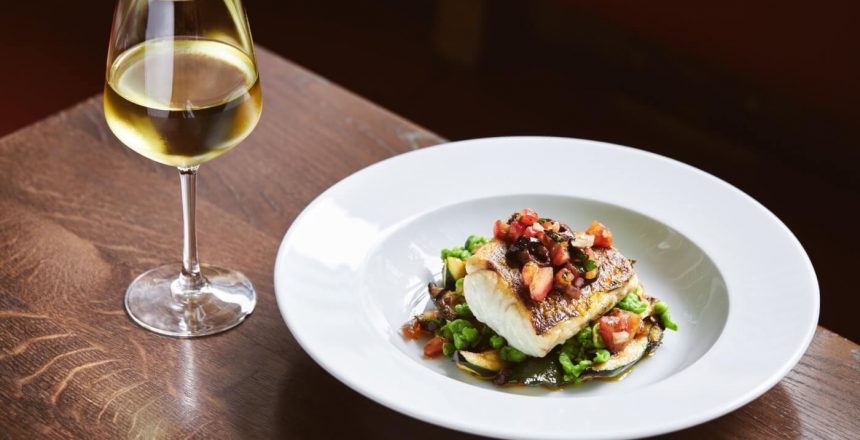Target Customers
A restaurant’s choices in menu, atmosphere, and prices are generally made with the objective of attracting a specific type of customer, such as young families, young professionals, or senior citizens.
Other factors related to concept include:
Level of service.
a. Full table service restaurants, in which servers are employed to take and deliver orders.
b. No table service restaurants, which do not employ servers. In these establishments customers place and pick up their own orders, and often bus their own tables.
The planned level of service will affect the decisions made in starting a restaurant in the following area.
a. Restaurant layout. When selecting a site, the level of service will affect the way the restaurant is configured.
b. Staffing levels. The level of service will affect the number and type of employees hired.
Menu Range
In most cases, a restaurant offering a full range of menu items will require a much larger kitchen area to prepare all of the items. It is important to determine if the kitchen and storeroom areas are adequate for the planned menu range.
Determining a Location
One of the most important steps in starting a restaurant is selecting a proper location. Determining a location is much more than just signing a lease. Extensive search must be done to identify your potential customers, employees and your competitors. What considerations should you be looking for in a site? I believe the four to be:
1. Customer base
2. Competition
3. Personnel availability
4. Site characteristics
Customer Base
The area in which a restaurant can draw its customers will vary greatly. Many people will travel a great distance to eat at a restaurant that is a local institution, whereas a lunch operation in an office building may only draw customers from an area no bigger than a city block. When evaluating the customer base, although it is important to understand the total number of people in an area, it is even more important to identify the number of potential customers.
Temporary Population
Potential customers include both full-time residents and the temporary population. The temporary population is made up of people who live elsewhere and visit, or work, in the area. This can be an important source of restaurant customers. However, it is important to note the source of the temporary population. Office workers, rather than factory workers are typically a better source of customers. Check with the local chamber of commerce; most likely they can provide you with data to help you quantify the size and nature of temporary populations.
The more that is known about the potential customers, the better chance there is of establishing a restaurant that will appeal to a larger audience. This can be done by analyzing census and other data available online or from the local chambers of commerce. Observation of the traffic patterns at other restaurants in the area can also help in identifying potential customers.
Restaurant Statistics
Each year, restaurant business magazines publish statistics that indicate the potential of restaurants in various major metropolitan areas. The two statistical measures are the restaurant activity index and the restaurant growth index.
a. Restaurant Activity Index (RAI). This measures the tendency of the population in the area to eat out. An RAI of 100 means that the willingness to eat out is the same as the national average. An RAI of less than 100 indicates a less than average tendency to eat out.
b. Restaurant Growth Index (RGI). This measures the relationship of restaurant supply and demand. An RGI of 100 indicates an adequate number of restaurants relative to demand. An RGI of less than 100 is a situation where supply exceeds demand. Conversely, an RGI greater than 100 indicates that the area could support additional restaurants.
One major problem with these statistics is that they encompass entire metropolitan areas. They are not particularly useful when trying to determine a specific neighborhood location. Therefore, it is sometimes necessary to conduct some informal research to gauge the potential of a new restaurant in a specific area.
One of the most effective ways to evaluate the potential for a new restaurant site is to consider the competition. Since it is unlikely that existing owners or managers will talk about their operation to a potential competitor, you must accomplish this task by observation. This involves:
a. Identifying all the restaurants in the immediate area and estimating the total number of seats.
b. Identifying the “like competitors” (i.e., those restaurants identified in “a.”) that have a similar menu prices, concepts, or target audiences.
c. Narrowing the like competitors down to five restaurants that are considered to be direct competition. This is usually done based on one or more of the following factors:
Reputation
Similarity of concepts
Similarity of menu prices
Proximity to the proposed location.
You will also need to document the following information for each direct competitor you identify:
a. Concept
b. If liquor is sold
c. Menu price range
d. Distance from proposed location
e. Visibility compared to proposed location
f. Accessibility compared to proposed location
g. Hours
h. Observed percentage of capacity at: 1) Breakfast, 2) Lunch and 3) Dinner
Generally, the most effective way to obtain this information is by visiting each of the identified competitors.


